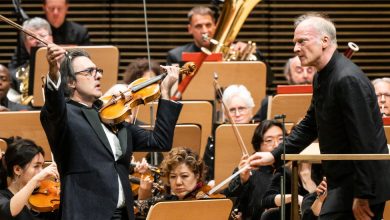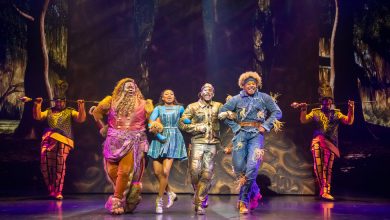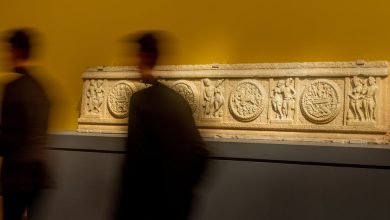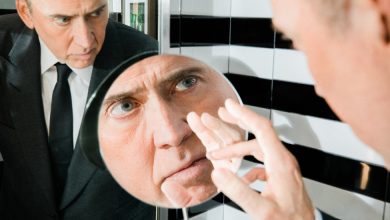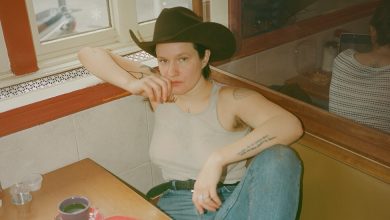How ‘The Nutcracker’ Has Been Reimagined, for Better and Worse
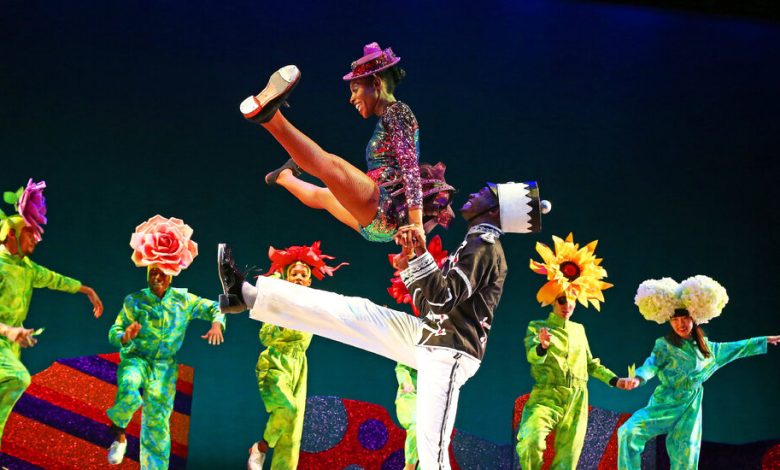
“The Nutcracker” is a cherished Holiday staple — one that, for every traditional treatment, inspires a left-field twist toward the contemporary.
There’s a grain of truth in Lisa Simpson’s comment that everybody does “The Nutcracker” “because you don’t have to pay for the music rights.” As the critic Roslyn Sulcas once wrote in The New York Times, “Even less-than-great versions of the ballet exercise a kind of magic through Tchaikovsky’s score, which offers the same infinite potential for choreography as the texts of great plays do for staging.”
That potential, however, can be double-edged. Here are five instances in which light tweaks and heavy rewrites have reframed — and occasionally ruined — Tchaikovsky’s famous music.
Duke Ellington and Billy Strayhorn: ‘The Nutcracker Suite’
Perhaps the most classic update of Tchaikovsky’s score, the Ellington-Strayhorn “Nutcracker” has inspired productions as different as Donald Byrd’s “The Harlem Nutcracker” and David Bintley’s “The Nutcracker Sweeties.” Its release, in 1960, also suggested an interesting switch in power dynamics between arranger and arranged: The original cover art gave Ellington, Strayhorn and Tchaikovsky the same billing.
“Overture” sets the tone, with a wandering double bass that leads softly into classic Ellington orchestrations. But that softness is quickly dispelled by the high woodwind chirps of “Toot Toot Tootie Toot (Dance of the Reed-Pipes),” and there are flashes of Stravinsky harshness in the “March,” renamed the “Peanut Brittle Brigade,” which begins with dissonant stacks of harmony that could be straight from “A Soldier’s Tale.” Most powerful is the amount of textural space Ellington and Strayhorn afford; in the sparse, boozy “Sugar Rum Cherry” and the light yet expressive “Arabesque Cookie Arabian Dance),” less is definitely more.
‘The Hip Hop Nutcracker’
Some “Nutcracker” scores are reimagined; others are remixed. But “The Hip Hop Nutcracker,” a 2014 production by Jennifer Weber that has become a touring staple in the United States, is a remix in the fullest sense. Clara — here, Maria-Clara — goes on a quest to bring her parents back together, accompanied by a troupe of break dancers. The score is remixed onstage by a D.J. and an electric violinist. As in all revisions of “The Nutcracker,” the key is for the score to act like a double mirror: The act of shining fresh light on the original score should rebound to energize the new. The brittle electronic beats create solid new foundations for improvised flourishes and ensemble numbers alike.
Brian Setzer Orchestra: ‘The Nutcracker Suite’
Brian Setzer’s career has been defined by a revivalist energy. First, his rockabilly group Stray Cats looked back to the rock ’n’ roll of the 1950s through the eyes of the 1980s. After the group split, he founded the Brian Setzer Orchestra, a boogie-woogie, jump blues band straddling originals and jazzed-up covers.
“The Nutcracker Suite,” originally arranged for Les Brown and his Band of Renown by Frank Comstock, wasn’t the only time that the Brian Setzer Orchestra dabbled in classical rearrangements. In the 2007 album “Wolfgang’s Big Night Out,” Beethoven’s “Für Elise” became the Django Reinhardt pastiche “For Lisa,” and Johann Strauss II’s “The Blue Danube” became the bluesy swing chart “Some River in Europe.”
An unlikely source brought the group’s take on Tchaikovsky into holiday tradition: Buddy, in the movie “Elf.” As the lights dim in Gimbels, the store that Buddy (Will Ferrell), has tasked himself with redecorating overnight, the Brian Setzer Orchestra trumpets strike up, playing the fanfare call from “March of the Toy Soldiers.” But what follows is not the impish, pizzicato response that usually accompanies the toys’ jolting movements: A drum kit crashes in, and snarling, swinging saxophones accompany Buddy’s commando rolls across the aisle behind a security guard. The whole arrangement pits clipped precision against swirling chaos.
Drew McOnie and Cassie Kinoshi: ‘Nutcracker’
Cassie Kinoshi, a composer and saxophonist associated with London’s jazz scene, has already had a fruitful foray into dance, collaborating with the group BalletBoyz alongside her work for theater, film and orchestra. Now she has reimagined Tchaikovsky’s score for Drew McOnie’s “Nutcracker” at the Tuff Nut Jazz Club, a pop-up speakeasy hidden underneath the Southbank Center in London.
Like Strayhorn and Comstock’s arrangements before, Kinoshi’s score is based in jazz. But where the others have the golden dazzle of that full big-band sound, her music is much more contained, for a versatile four-piece group nestled in the corner of the performance space. Led by the bass player Rio Kai, the quartet lovingly dismantles Tchaikovsky’s music and brings in modern energy, switching effortlessly between chilled vamps and off-kilter meters. Moments of sugary sweetness — in a nice touch, the players are dressed in pajamas — add yet more sparkle to the heavily sequined production, for which the phrase “camp as Christmas” was surely coined.
‘The Nutcracker in 3D’
Here is a warning that new takes on “The Nutcracker” can go too far.
Set in 1920s Vienna, Andrei Konchalovsky’s deeply strange film, from 2010, presents the classic story as a Nazi allegory few, if anyone, saw coming. The combination of a tedious plot, poor acting, some howling digital effects and not infrequent references to the Holocaust made this largely nondancing “Nutcracker” an expensive Christmas turkey, costing $90 million to make but bringing in only $20 million at the box office.
Among the worst elements of “The Nutcracker in 3D” is the music, which inexplicably gains lyrics by Tim Rice. And so “The Dance of the Sugar Plum Fairy” becomes “It’s All Relative,” a song for the Einstein-like Uncle Albert (Nathan Lane) packed full of banal sentiments like “Who’s to say what/Is or is not/Who writes your plot?/You do!” Later, “Dance of the Reed Flutes” becomes a sleazy, vaudevillian show tune sung by an anthropomorphic Rat King to his loyal subjects, a group of baying rodents dressed like SS officers. And, as if ruining “The Nutcracker” weren’t enough, the movie then plunders from the second movement of Tchaikovsky’s Fifth Symphony, mapping kitschy lyrics for the chronically misunderstood child Mary (Elle Fanning) onto one of the composer’s most popular tunes. It’s grotesque.

